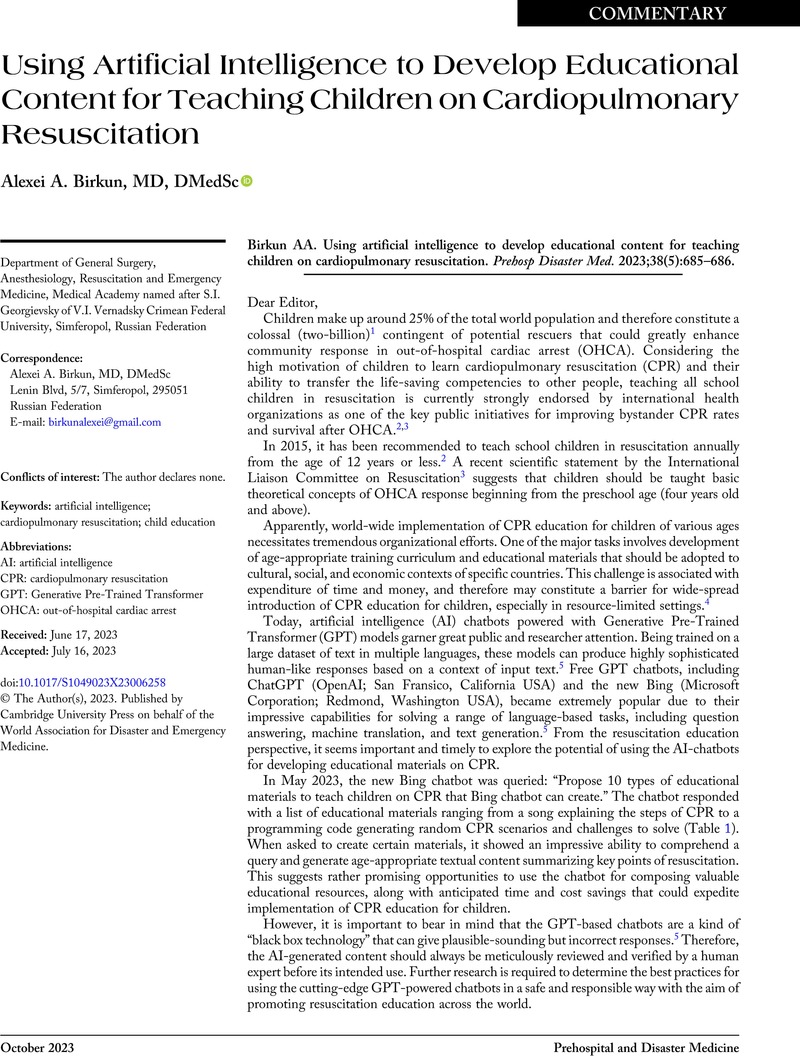Crossref Citations
This article has been cited by the following publications. This list is generated based on data provided by Crossref.
Daniel, Ma. de los Angeles Alamilla
Licona Rodríguez, Ángel Ricardo
Benítez Morales, José Gerardo
and
Pérez, Javier Hernández
2025.
Machine and Deep Learning Solutions for Achieving the Sustainable Development Goals.
p.
147.
Wu, Qing
2025.
The application of artificial intelligence in music education management: Opportunities and challenges.
Journal of Computational Methods in Sciences and Engineering,




